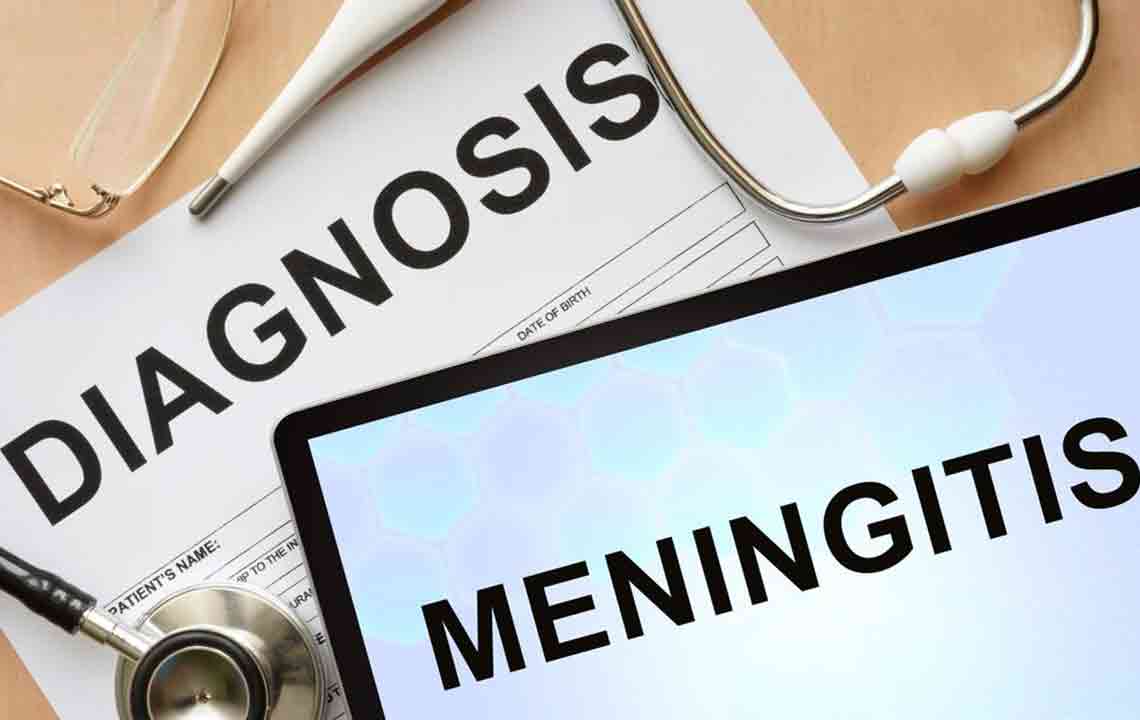Comprehensive Guide to Spinal Meningitis: Recognizing Symptoms, Risks, and Urgency of Treatment
Learn about spinal meningitis, its symptoms, causes, and the urgent need for prompt medical treatment. Recognizing early signs like fever, neck stiffness, and severe headache can save lives. This comprehensive guide highlights prevention, diagnosis, and effective management strategies to reduce risks and avoid complications from this serious condition.

Comprehensive Guide to Spinal Meningitis: Recognizing Symptoms, Risks, and Urgency of Treatment
Spinal meningitis is a serious medical condition characterized by the inflammation of protective membranes known as meninges that surround the brain and spinal cord. This inflammation can result from a variety of infectious agents, including viruses, bacteria, fungi, and parasites. Among these, viral infections are the most prevalent cause, often leading to milder symptoms that resolve on their own within a few weeks. However, bacterial meningitis poses significant health risks due to its rapid progression and potential for severe complications, necessitating immediate medical intervention.
Understanding the causes, symptoms, and treatment options for spinal meningitis is crucial for early detection and effective management. This knowledge is especially vital because certain types of meningitis can lead to irreversible brain damage, neurological deficits, hearing loss, or even death if not treated promptly. This comprehensive guide explores the various forms of spinal meningitis, how to recognize its warning signs, and the importance of swift medical response.
Spinal meningitis can develop rapidly, especially in bacterial forms, making awareness and early intervention critical. The bacterial agents responsible are often similar to those causing respiratory infections, with meningococcal and pneumococcal bacteria being the most common culprits. The pathogenesis involves bacteria entering the bloodstream and reaching the meninges, where they cause inflammation and swelling that impairs normal neurological function.
Infections in the central nervous system can result in life-threatening complications such as strokes, permanent brain damage, or sensorineural hearing loss. The severity of the condition varies depending on the causative organism, the host’s immune response, and the timeliness of treatment. Recognizing early symptoms can significantly reduce the risk of permanent damage and improve treatment outcomes.
Recognizing the Key Symptoms of Spinal Meningitis
Symptoms of spinal meningitis usually present within a week after exposure to the infectious agent. The presentation can differ between adults, older children, and infants, making awareness of age-specific signs essential for caregivers and healthcare providers. Early detection is vital in preventing severe complications, and understanding the common signs can prompt timely hospitalization and treatment.
Symptoms in children over 2 years of age and adults include:
Sudden onset of very high fever
Stiffness and pain in the neck
Severe headaches that develop suddenly
Nausea and persistent vomiting
Altered mental state such as confusion, difficulty concentrating, or lethargy
Increased sleepiness or drowsiness, which could indicate neurological involvement
Difficulty walking or maintaining coordination
Seizures in some cases
Decreased appetite and general malaise
Increased sensitivity to light (photophobia)
Skin rashes, especially in cases caused by bacterial infections like meningococcal disease
Symptoms in newborns and infants:
High fever
Fussiness, irritability, and excessive crying
Losing interest in feeding or refusing to eat
Lethargy or unusual sleepiness
A noticeable bulge on the soft spot (fontanel) of the baby’s head
Stiffness in the infants’ body or neck, which may be difficult to detect but is a red flag
Additional signs that require medical attention:
Irregular skin coloration or rash
Abdominal cramps or discomfort
Skin rashes associated with bacterial infections
Rapid breathing or respiratory difficulties
Muscle or joint pains
Chills and shivering
Cold extremities or mottled skin
The Critical Importance of Prompt Medical Action
When symptoms such as high fever, severe headache, neck stiffness, and altered mental status appear, immediate medical evaluation is essential. Bacterial meningitis is a medical emergency because it can escalate quickly, leading to life-threatening complications or permanent disabilities if not treated swiftly. Early administration of antibiotics can significantly improve survival rates and reduce the likelihood of neurological damage.
If you or someone nearby shows signs of meningitis, do not delay seeking emergency medical services. Healthcare providers will typically confirm the diagnosis through lumbar puncture (spinal tap), blood tests, and imaging studies. Once diagnosed, treatment usually involves high-dose intravenous antibiotics and supportive care to manage symptoms and prevent complications.
Preventive measures, including vaccinations, are highly effective in reducing the risk of bacterial meningitis caused by common organisms such as meningococcus and pneumococcus. It is advisable for individuals, especially those in high-risk groups or travelers, to stay up-to-date with recommended immunizations. Maintaining good hygiene practices and avoiding close contact with infected persons can also decrease infection transmission.
In conclusion, spinal meningitis is a medical condition that demands immediate attention and intervention. Awareness of its early warning signs can save lives and prevent serious long-term consequences. Vaccination, prompt treatment, and good hygiene are key strategies in combatting this potentially deadly disease.





